Interview: Architect Sameep Padora On Site-Specificity & Preparing For Life After Lockdown
By Keshav AnandSameep Padora & Associates (sP+a) is a Mumbai-based architecture studio helmed by founding principal Sameep Padora. The practice’s remit traverses the spheres of architecture, interior design and urban planning, approaching every project as a distinct brief executed by a multidisciplinary team. Padora completed his undergraduate studies in Mumbai followed by a Master’s from the Graduate School of Design at Harvard University in 2005. As well as advising on the academic councils of a number of schools, he is co-founder of the non-profit Bandra Collective, an organisation of architects engaging with the design of public spaces in Mumbai. Today, sP+a’s projects span everything from residential developments and retail spaces, to libraries and temples, with an overarching interest in reconsidering embedded typologies in the context of contemporary India. To learn more about sP+a’s work and how Padora entered the field of architecture, Something Curated spoke with the architect.
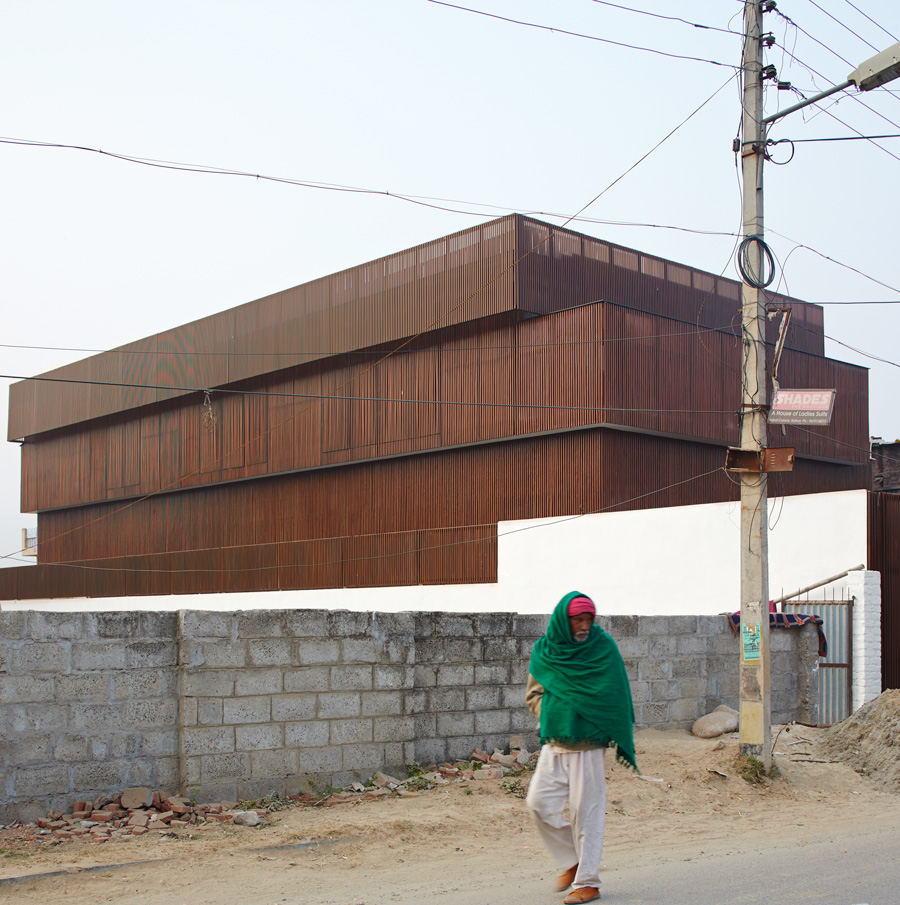
Something Curated: Can you give us some insight into your background; how did you enter the field of architecture?
Sameep Padora: I was born in Chamba, a small town in the foothills of the Dauladhar mountains. My family though hails from Kashmir in Northern India and even though I lived most of life away in the plains, in Chandigarh and then in Mumbai, my childhood was spent surrounded by Kashmiri craft. My grandfather was a trader of Kashmiri craft objects, papier-mâché, carpets, walnut wood furniture etc., and would often be touching up paint and re-polishing artifacts. In retrospect, perhaps this nascent engagement was the impetus for my initial interest in design. However, my first memory of being acutely aware of architecture and its presence was from a family trip to the ruined medieval palaces of Mandu, in central India. The experience of the beautiful silent ruins in the lush monsoon landscape was I think a transformative moment. I was initially tending towards archeology, given my interest in history and architecture but at some point, architecture for me became more interesting.
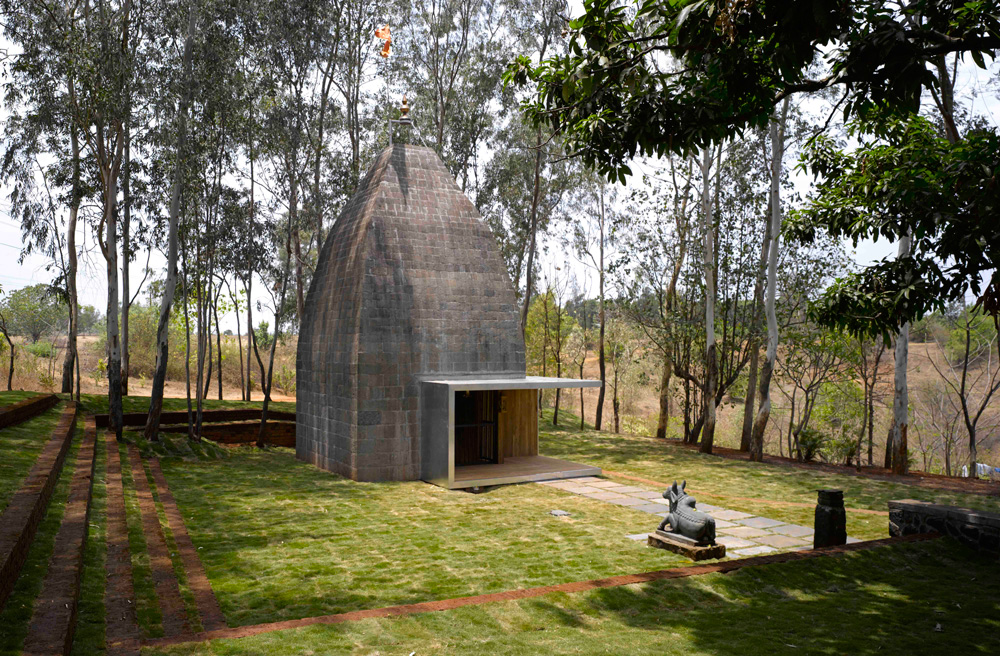
SC: What are you currently working on and how has the pandemic affected the way you operate?
SP: We are currently working on a variety of projects ranging from an artists residency conclave to a forest lodge as well as a children’s home and social housing. We are also in the middle of finishing up work on our second book, which researches building code and housing form in Mumbai. This new book builds on our research on historical housing types in the city of Mumbai, which was just released in Europe by NAi010 titled How To Build An Indian House. Besides this, as part of an urban design not-for-profit agency, Bandra Collective, we are involved in working with local state agencies helping in retrofitting public space for the short-term post-lockdown in Mumbai. As a studio we are of course working remotely but also realising how these exceptional circumstances have exacerbated and exposed the fallacies and fault lines that have always run through our cities. The pandemic has changed the way we work, but it is hopefully also changing the way we think.
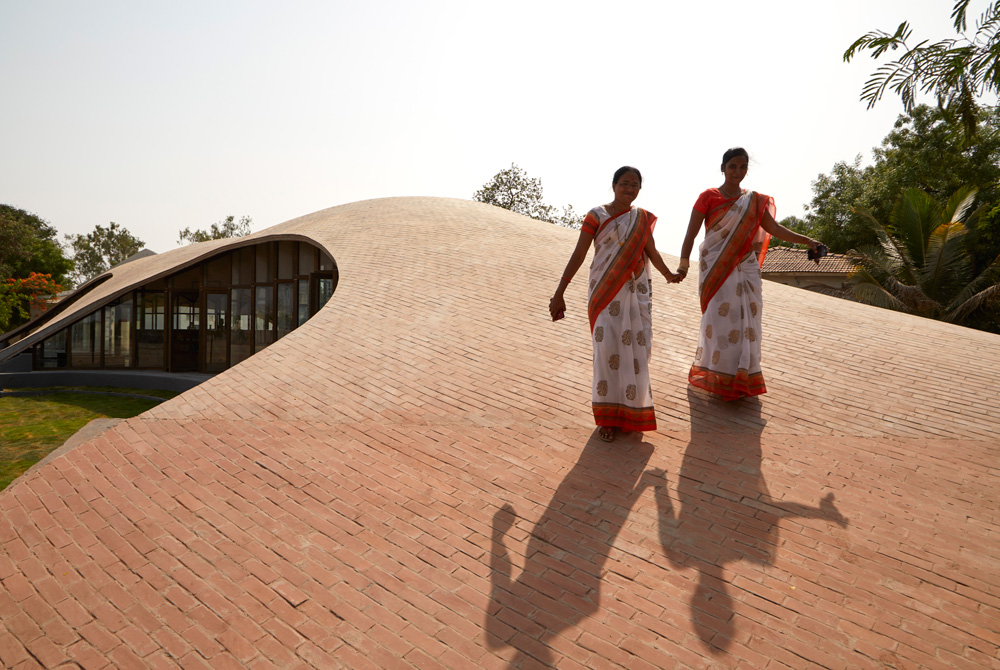
SC: Can you tell us about your work on the Maya Somaiya Library; what was the thinking behind the project?
SP: With the library we were referencing the almost intuitive impulse that children have towards landscape over a built structure. We imagined the library building to be a formal extension of the ground plane and the children interacting with the building like they would with a landscape mound. We hoped that this would attract more children to the library and the pavilion like space would be inviting and inspiring. At a conceptual scale, the project makes a case to re-examine the age-old binaries of the global and local as being in opposition. The regional or the local within the South Asian paradigm typically manifests within strict formal constraints of the style in memory, often at the expense of material efficiencies. Our effort to search for a material and construction efficiency in brick tile looked to leverage the networks of knowledge that our practices are situated in, allowing us to enrich the regional or local through the extended capacities of the global. In using principles ranging from the Catalan tile vaultingsystem to the compression ring detail from the work of Eladio Dieste in Uruguay, to using RhinoVAULT, a form finding software plug-in made in Switzerland, the library is a resultant of not only lessons learnt from various geographic locations but also various lessons through time and history.
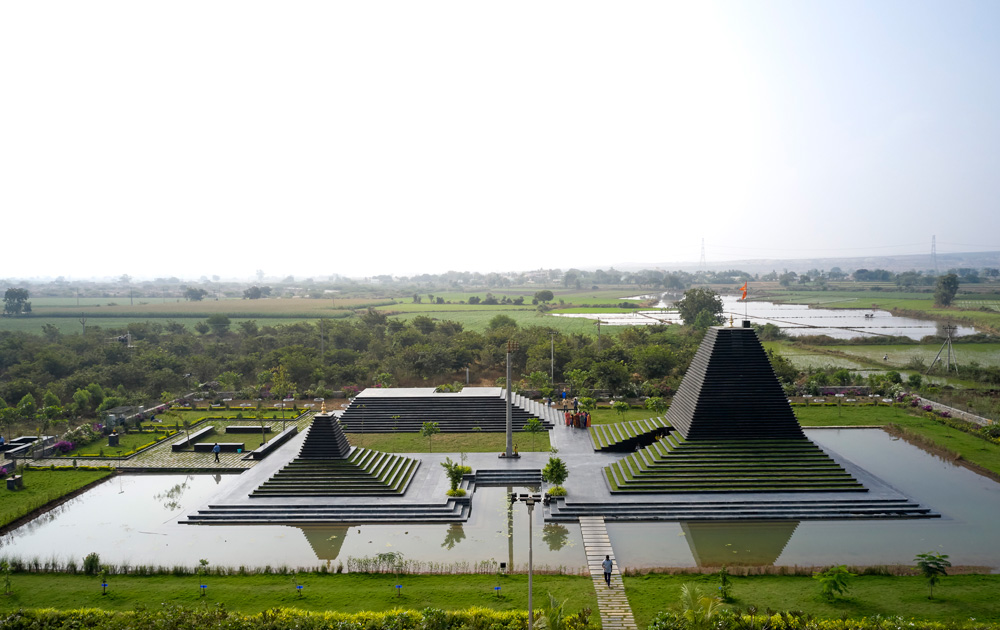
SC: sP+a has designed various religious buildings over the years, including, most recently, the stepped temple in Andhra Pradesh; what interests you in designing sites of worship?
SP: I think I have been lucky to have designed a temple (Shiva Temple at Wadeshwar) very early on in my career, though 10 years later the Temple of Steps is only the second purely religious building we’ve done. Both projects are based on temple planning guidelines, but both temples also build-on and project traditional formal aspects of temple architecture. Their projective natures informed extensively by the site, resources and the reference to scale. What is interesting in the design of these projects is to see if one can find a moment where the religious experience transforms into a spiritual one, where the architecture seems like it has always been present, a sort of found primordial construct.
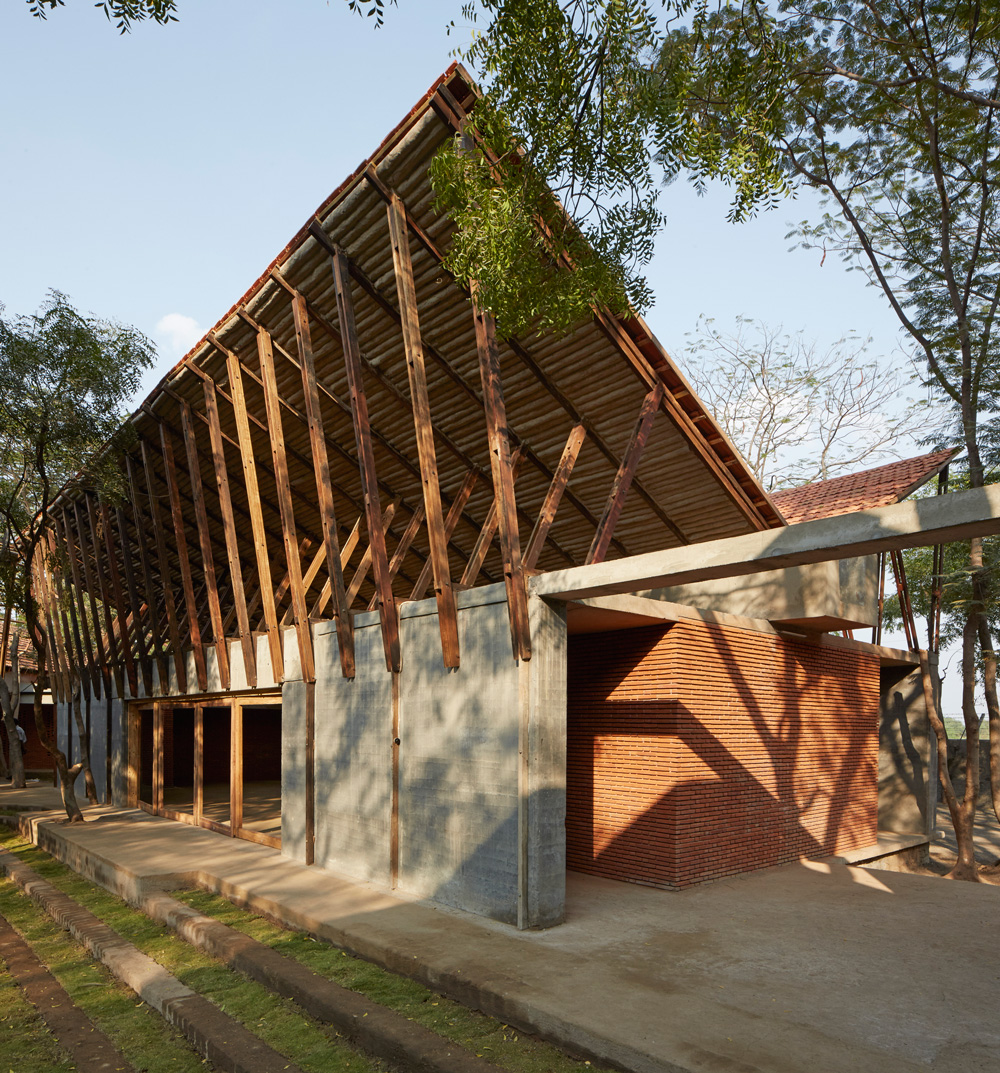
SC: Are there any particular materials or processes that you’re enjoying exploring at present?
SP: Materials and processes for me are extremely project based. As in they can be embedded with the specificity of project sites and contexts but also influenced widely based on the networks of knowledge that the projects might be embedded in. So the answer to the question will vary but universally I enjoy the design process when it goes beyond a project brief, through processes that create value with new layers of intervention that would not have typically been seen as adjacent to the original programme. Maybe searching for evolutionary hybrids.
SC: What do you want to learn more about?
SP: I have always loved and studied history, and yet there is still so much to learn. I have off late become interested in economics and its connection to social and behavioural science. I think I’m going to need another lifetime to get up to speed on all that I want to learn.
Interview by Keshav Anand / Photography by Edmund Sumner (Images courtesy sP+a)